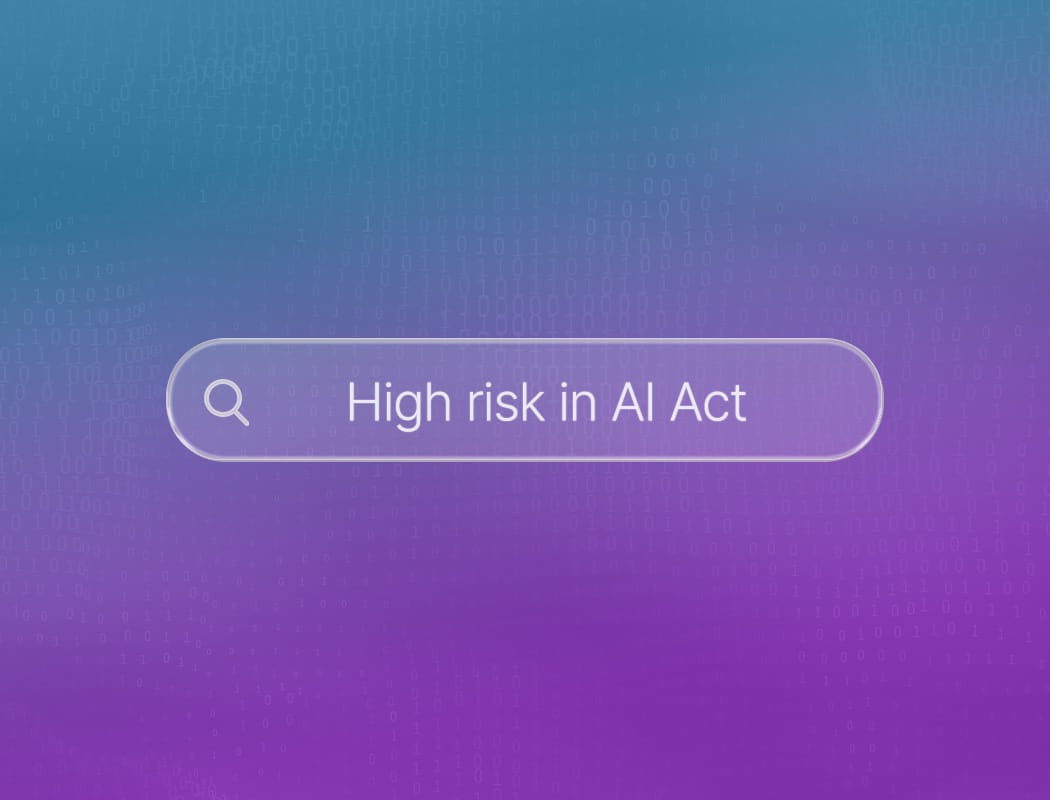Can AI reason?
AI can do some impressive things. It can play chess, write poems, and even answer your questions. But does that mean it can reason the way humans do?
Not quite. AI reasoning is more like following a recipe than inventing a new dish. It uses patterns in data to make predictions or solve problems, but it doesn’t truly understand the world.
When you ask an AI to solve a puzzle, it looks for clues in its training. It doesn’t sit back and ponder the meaning behind the puzzle. AI reasoning is fast and efficient, but it’s not creative or intuitive. It can connect dots, but only if those dots have been connected before.
So, while AI can mimic some forms of reasoning, it’s important to remember that AI lacks self-awareness. For now, its reasoning is more about speed and scale than deep understanding.
Which ways can AI demonstrate reasoning?
AI reasoning is the secret ingredient that lets machines do more than just follow instructions. It helps them make decisions, solve problems, and even explain their choices.
But how does this actually work in practice? Let’s explore three ways AI demonstrates reasoning, each with its own unique approach.
Rule-based logic
Picture a detective piecing together clues. Rule-based logic is the classic way AI reasoning works. The system follows a set of if-then rules, much like a recipe.
If a customer spends over a certain amount, then they get a discount. This method is straightforward and easy to understand, making it perfect for tasks where the rules are clear and rarely change.
However, it can struggle when faced with new or unexpected situations. That’s because it can only operate within the rules it’s been explicitly given. If a scenario doesn’t match those rules, the system has no way to respond intelligently.
Pattern recognition
Now imagine an artist who sees shapes in clouds. Pattern recognition is another way AI demonstrates reasoning. Here, the system learns from huge amounts of data, spotting trends and connections that humans might miss.
Think of how email filters learn to spot spam by recognizing patterns in subject lines or sender addresses. This approach is flexible and powerful, but sometimes the reasoning behind the decision can be hard to explain.
Natural language understanding
Finally, consider a translator who can switch between languages with ease. Natural language understanding allows AI to reason through conversations, questions, and commands.
It breaks down sentences, finds meaning, and responds in a way that makes sense. This type of AI reasoning is what powers chatbots and virtual assistants, helping them hold real conversations and provide useful answers.
How does AI process information to reach conclusions?
AI is a bit like a detective, piecing together clues to solve a mystery. It takes in huge amounts of information, sorts through the noise, and tries to find patterns that make sense.
But unlike a human detective, AI doesn’t rely on gut feelings or hunches. Instead, it uses algorithms and data to reach its conclusions.
And while it can be a powerful tool, AI isn’t replacing humans in most areas of thinking. Human judgment, intuition, and context still play a vital role. Let’s take a closer look at how processing information works, step by step.
1. Gathering and organizing data
The first thing AI does is collect information from different sources. This could be anything from text and images to numbers and sounds.
Imagine you’re trying to solve a puzzle, but instead of having all the pieces in one box, they’re scattered across the room. AI’s job is to gather those pieces and sort them into groups that make sense.
It organizes the data so it can be easily analyzed. This step is crucial because if the data is messy or incomplete, the AI’s conclusions won’t be very reliable. Clean, well-organized data is the foundation of strong AI reasoning.
2. Finding patterns and making connections
Once the data is organized, AI starts looking for patterns. This is where machine learning comes into play. The AI scans the data, searching for similarities, trends, or relationships that might not be obvious at first glance.
For example, it might notice that people who buy umbrellas also tend to buy raincoats. By finding these connections, AI can start to make predictions or recommendations.
This stage is a bit like connecting the dots in a picture—each new link helps the AI see the bigger image more clearly. The more data it has, the better it gets at spotting these patterns.
3. Drawing conclusions and learning from feedback
After identifying patterns, AI uses logic and rules to draw conclusions. This is the heart of AI reasoning. It weighs the evidence, considers different possibilities, and chooses the most likely answer based on what it has learned.
But the process doesn’t stop there. AI systems are designed to learn from their mistakes.
When they get something wrong, they adjust their approach and try again. Over time, this feedback loop helps AI become smarter and more accurate.
In the end, AI’s ability to process information and reach conclusions comes down to its skill at learning from experience and constantly improving.
What factors influence AI’s ability to reason?
AI’s ability to reason is shaped by a mix of technology, data, and design. It’s not just about how smart the system is, but also about what it learns from, how it’s built, and the rules it follows.
Some factors are obvious, like the quality of the data you feed it. Others are hidden in the way the algorithms are designed or the goals set by the people who create them.
Let’s look at the main ingredients that make AI reasoning possible.
Data quality and diversity
The first thing any AI needs is data. But not just any data will do. The quality and diversity of the information an AI receives directly affect how well it can reason.
If you give an AI a narrow set of examples, it will only learn to solve problems within that limited scope. On the other hand, a rich and varied dataset helps the AI spot patterns, make connections, and handle new situations with more confidence.
Clean, accurate, and up-to-date data means fewer mistakes and better decisions. When the data is biased or incomplete, the AI’s reasoning becomes flawed, sometimes in ways that are hard to spot until it’s too late.
Algorithm design and architecture
The brain of any AI is its algorithm. This is the set of instructions that tells the AI how to process information and draw conclusions.
Some algorithms are simple, following clear rules step by step. Others are complex, using layers of artificial neurons to mimic the way humans think.
The choice of algorithm shapes how the AI reasons, what it can understand, and where it might get stuck. A well-designed architecture allows the AI to break down problems, weigh different options, and even learn from its own mistakes.
Training methods and feedback
Learning doesn’t happen in a vacuum. AI systems need training, and the way they’re trained makes a big difference. Supervised learning uses labeled examples to teach the AI what’s right and wrong.
Unsupervised learning lets the AI explore patterns on its own. Reinforcement learning rewards the AI for making good choices, helping it improve over time. Feedback loops are crucial here.
When an AI gets feedback it can adjust its reasoning and avoid repeating errors. The more effective the training and feedback, the sharper the AI’s reasoning becomes.
Human oversight and ethical guidelines
No matter how advanced an AI is, human input still matters. People set the goals, define the boundaries, and decide what counts as “good” reasoning.
Ethical guidelines help prevent the AI from making harmful or unfair decisions. Oversight ensures that the AI’s reasoning stays aligned with human values and legal standards.
Sometimes, humans step in to correct mistakes or clarify confusing situations. This partnership between human judgment and machine logic is what keeps AI reasoning both powerful and responsible. Without it, even the smartest AI can go off track.





